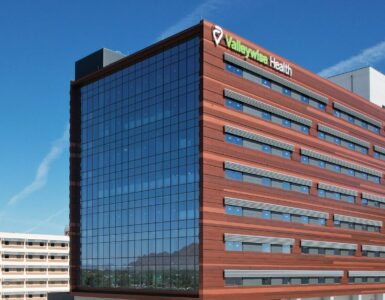A recent report by the U.S. Department of Labor revealed that the number of job openings in the U.S. outnumbered the number of unemployed Americans by the widest margin ever.
The number of people looking for jobs fell to roughly 5.82 million in April, whereas the number of unfilled jobs climbed to 7.44 million. That means there are approximately 1.62 million more open jobs than unemployed American citizens – a sign of a strong job market but also a potential problem for employers.
“It goes to show the amazing nature of this particular recovery in that you basically have a lot of employers looking for [workers]and not as many people looking for jobs because they have jobs,” economist Elliott D. Pollack says. “If you don’t have a job in this economy, you’re either not looking hard enough, or you don’t want one.”
The disparity between job vacancies and unemployed people is a major boon for American jobseekers, but it poses a challenge for employers. With a tighter job market, companies cannot as easily hire the optimal talent for their operational needs.
“I think one of the things that employers are doing is they’re doing a better job at getting productivity out of their employees,” Pollack continues. “And I think they have to because they can’t find employees, so the only way they can meet their production needs is to figure out a way to make their existing labor more productive.”
In the first quarter of this year, worker productivity increased at the fastest pace in almost a decade, according to the U.S. Labor Department. Worker efficiency increased by 3.6 percent quarter-over-quarter and 2.4 percent year-over-year – its highest annual growth rate since the third quarter of 2010, when the U.S. economy was climbing out of a cavernous recession.
Increased worker productivity eliminates some of the need to hire new employees while also improving business operations. With more productive workers, companies can operate optimally and improve their profit margins; as a result, companies can increase workers’ wages and/or reduce prices for consumers if applicable.
“It’s amazing, quite frankly, that it hasn’t sparked more wage inflation,” Pollack said.
The increase in wages has beneficial downstream effects on the economy, as well. With more money in their pockets, citizens are more willing to spend, which improves the nation’s Gross Domestic Product. Although consumer spending slid in the first quarter of 2019, consumer sentiment reached its highest point in 15 years last month.
“This is the first time that this has ever happened,” Pollack said, in reference to the disparity between open jobs and unemployed people. “It’s clearly unusual, and it goes to the strength of the economy. The economy is unbelievable in that regard, and even if there is a slowdown or recession — which frankly, it will be unusual if we don’t have a recession sometime in the foreseeable future — it just shows that there is some cushion there.”
















Add comment